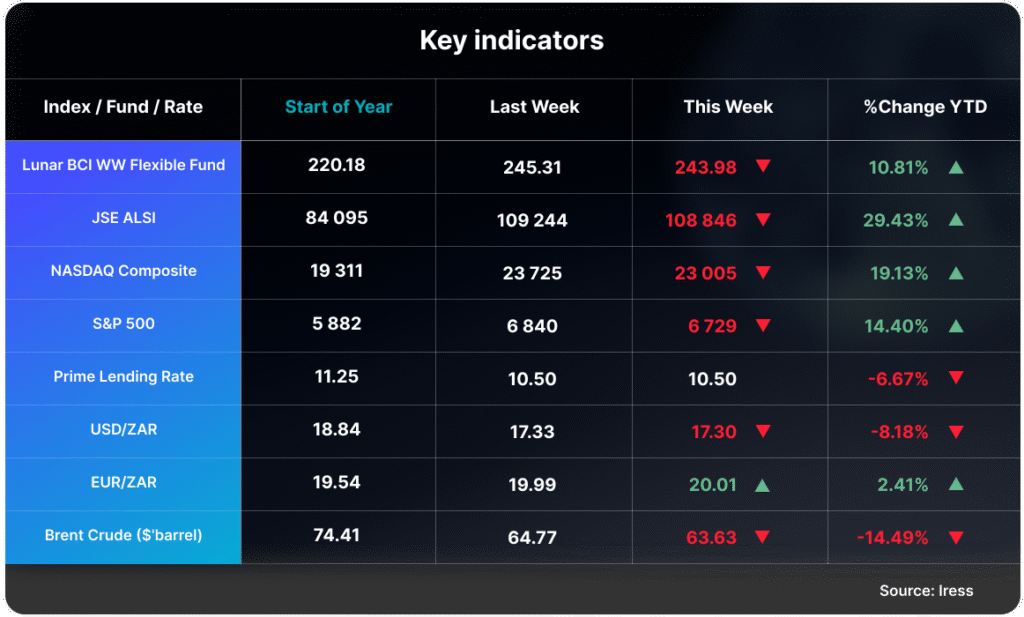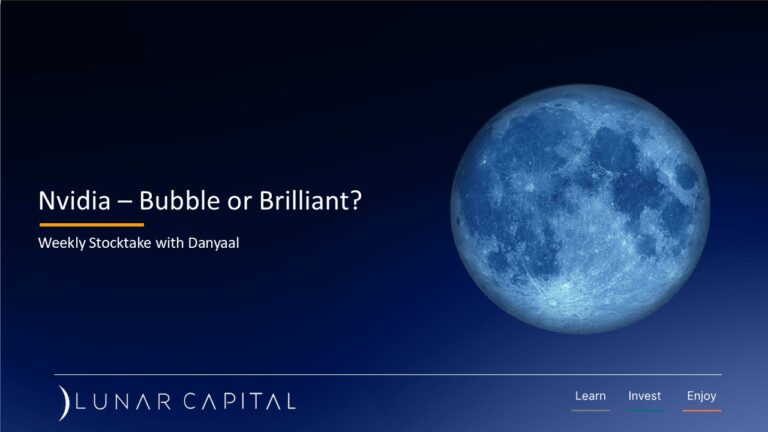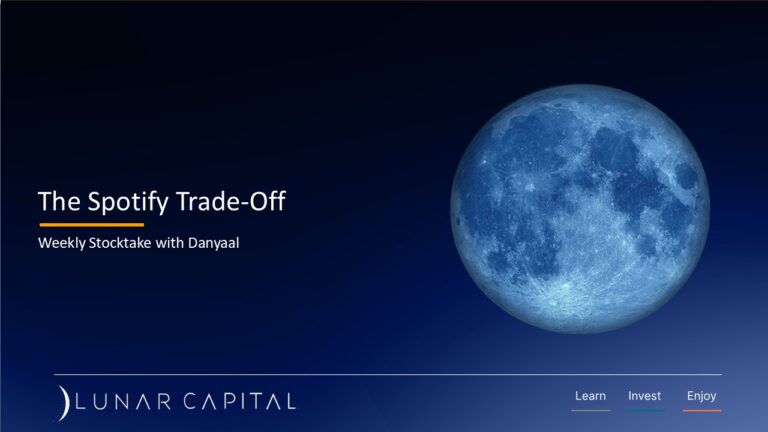The music streaming industry is fiercely competitive, with major players like Apple, YouTube, Amazon, and Spotify vying for market share. While Apple, YouTube, and Amazon offer music streaming as a complementary service to their broader ecosystems, Spotify stands out by focusing solely on audio streaming as its core product. The company is, however, expanding into other media formats to diversify its offerings.
Spotify operates two primary services:
- Premium – a subscription-based model offering an ad-free experience with full feature access.
- Ad-Supported – a free tier with limited features and advertisements.
As of the latest quarter, Spotify reported 713 million total users, an 11% year-over-year increase. Of these, 281 million were Premium subscribers (up 12% YoY), while 446 million used the ad-supported service (up 11% YoY).
Spotify generated €4.23 billion in revenue, a 7% increase YoY. The slower revenue growth relative to subscriber growth was primarily due to the weakening of the U.S. dollar against the euro. The company reported a gross margin of 31.6%, up 50 basis points from the same quarter last year; and operating income of €582 million, a 28% increase YoY, driven by a slight reduction in operating expenses.
Despite Premium users comprising only 39% of the total user base, they accounted for 90% of the company’s revenue. To boost monetization of its ad-supported tier, Spotify is expanding its advertising inventory. New partnerships with Amazon and Yahoo will provide advertisers with programmatic access to Spotify’s audio and video ad space. Additionally, the company is exploring new Premium tiers aimed at music enthusiasts, allowing it to serve a broader range of price points and potentially increase market share.
Spotify’s most significant challenge remains profitability at scale. The company pays approximately 70% of its net revenue to rights holders, including music labels and artists. Payouts range from $0.003 to $0.005 per stream, depending on factors such as listener location, subscription type, and contractual terms.
Another structural cost is the 30% platform fee charged by Apple’s App Store and Google Play for in-app purchases, which further compresses margins.
While Spotify has recently shown modest profitability, its continued investment in new features and services could increase operating expenses. Moreover, the intensely competitive environment poses a risk to long-term profitability, especially as rivals leverage their broader ecosystems to subsidize their music offerings.


Click here to access your account to view statements, obtain tax certificates, add or make changes to your investments.
Our email address is: [email protected]
Disclosures
Lunar Capital (Pty) Ltd is a registered Financial Services Provider. FSP (46567)
Read our full Disclosure statement: https://lunarcapital.co.za/disclosures/
Our Privacy Notice: https://lunarcapital.co.za/privacy-policy/
The Lunar BCI Worldwide Flexible Fund Fact Sheet can be read here.
This stocktake is prepared for the clients of Lunar Capital (Pty) Ltd. This stocktake does not constitute financial advice and is generated for information purposes only.





